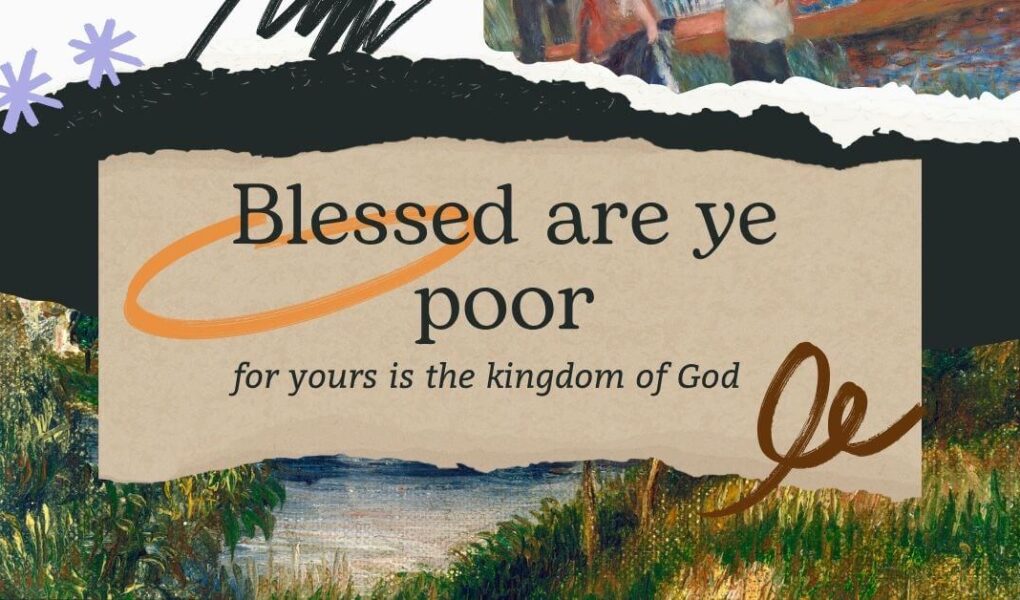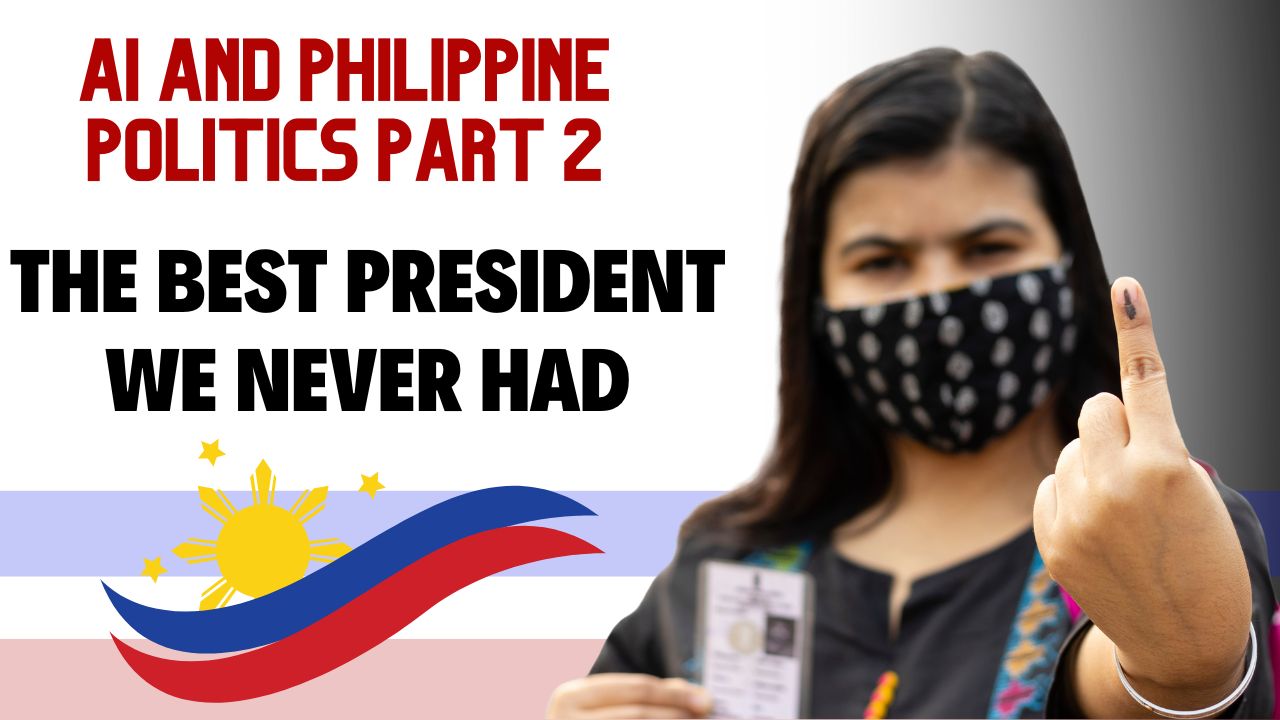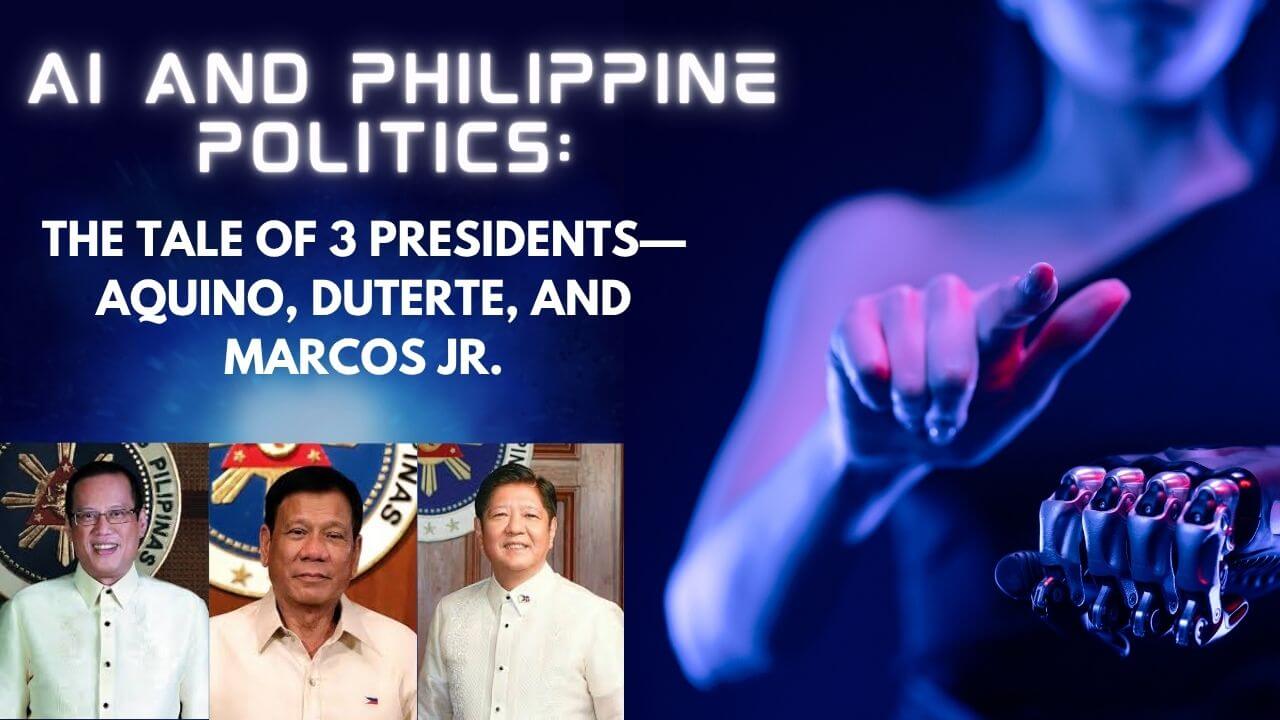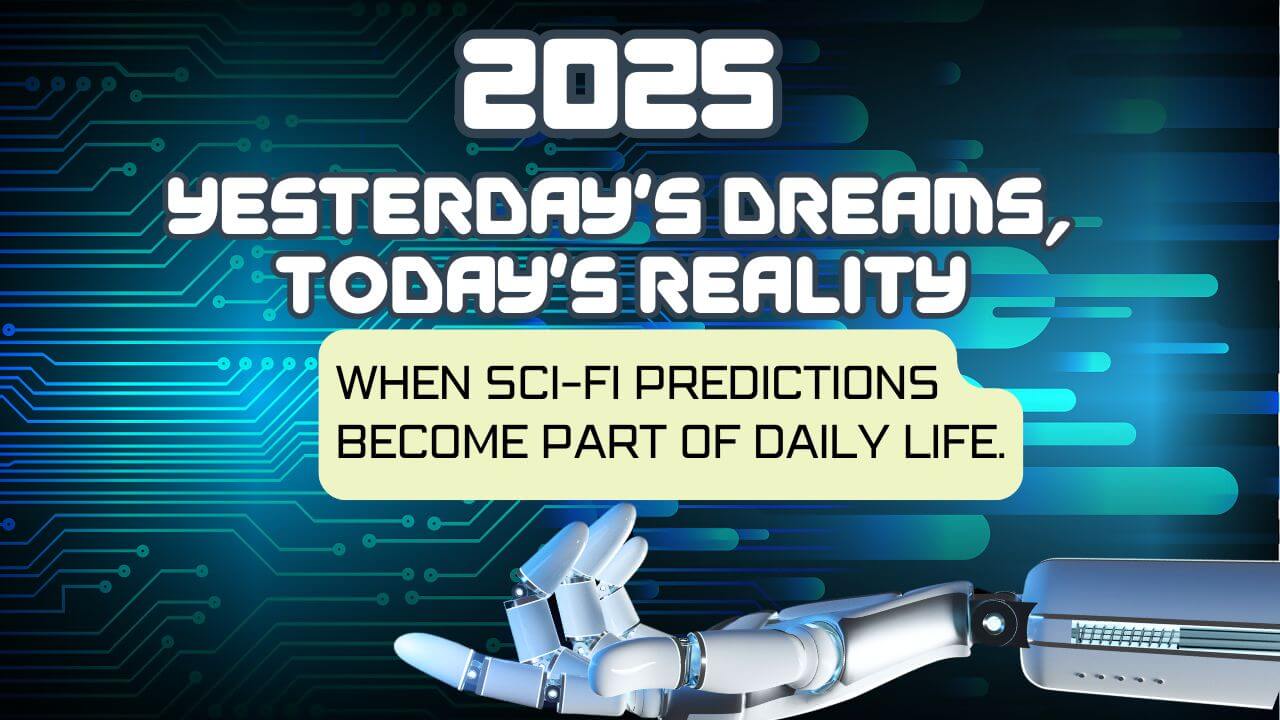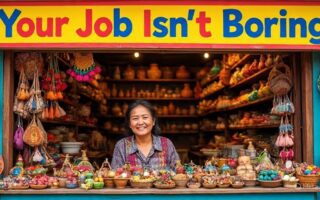AI and Philippine Politics: Part 3
> “Blessed are ye poor: for yours is the kingdom of God.” > — Luke 6:20, KJV
But in the Philippines, where more than half of families still consider themselves poor, the “kingdom” feels painfully out of reach. But wait, there’s more! Poverty is not just a social issue—it’s a political strategy, an economic paradox, and increasingly, a technological battleground. Despite decades of anti-poverty programs, cash transfers, and development plans, millions of Filipinos remain poor. And while AI promises to revolutionize everything from agriculture to education, the question remains: Will it finally solve poverty, or just help us manage it more efficiently?
Blessed are ye poor? In reality, no amount of scripture, slogans, or social aid can hide the systems that keep it that way.
📉 How Poor Is the Philippines in 2025?
Let’s start with the data:
- 15.5 million Filipino families consider themselves poor (SWS, April 2025)
- Official poverty incidence? 10.9% (PSA) — a statistical gap that reveals just how little “official” metrics match lived experience
- In Cebu—the richest province by assets—21.9% of residents still live in poverty
- The wealthiest Filipinos still earn over 6x more than the poorest households
Meanwhile, minimum wage remains unlivable in many regions, while prices of basic goods—from rice to rent—surge monthly.
> With minimum wage so low, and prices so high—who manufactures poverty in the Philippines?
🧠 Poverty Is Engineered—Not Inevitable
Poverty in the Philippines isn’t a random misfortune. It’s:
- Structural: rooted in inequitable access to education, technology, and land
- Cyclical: where today’s school dropouts become tomorrow’s low-wage workers
- Political: where helping the poor earns votes, but ending poverty threatens the system itself
As covered in AI and Economic Divide in the Philippines, the country’s digital acceleration has paradoxically widened inequality. Those without access to fast internet, AI tools, or prompt literacy risk becoming second-class citizens in an AI-powered economy.
🏛️ Why Poverty Persists: The Politics of “Ayuda”
Let’s face it: poverty is politically profitable.
- It justifies multi-billion peso social programs (with a side of corruption)
- It creates “grateful” voting blocs dependent on relief instead of reform
- It allows politicians to campaign on band-aid solutions without tackling root causes
This is why the system is so good at helping the poor, without ever ending poverty.
🤖 Enter AI: Efficiency vs. Equity
AI introduces both hope and hypocrisy.
Used right, it can:
- Map poverty zones using satellite data
- Improve the government distribution of aid
- Personalize learning for disadvantaged students
- Empower job seekers through AI-powered training
But used carelessly, AI may simply optimize poverty—tracking it, organizing it, even managing it—without addressing why it exists at all.
🏛️ Ayuda and the Architecture of Dependence
The Philippines has no shortage of social welfare programs. Billions are poured annually into initiatives designed to “help the poor.” Among the most prominent:
- Pantawid Pamilyang Pilipino Program (4Ps) – A conditional cash transfer program that supports over 4.4 million households, with 90% of Filipinos saying it’s helpful
- Ayuda sa Kapos ang Kita Program (AKAP) – Launched in 2024 to address inflation, with ₱26.7 billion allocated and nearly 5 million beneficiaries by early 2025
- Assistance to Individuals in Crisis Situations (AICS) – Offers medical, burial, and educational aid; received ₱44.7 billion in 2025 funding
- Tulong Panghanapbuhay sa Ating Disadvantaged/Displaced Workers (TUPAD) – A short-term employment program under DOLE, with ₱18.3 billion in 2025 funding and 88% public approval1
These programs are lifelines for many, but they also raise a deeper question: Are we building resilience, or reinforcing reliance?
> “There’s no doubt that Filipinos feel the impact of these programs,” says Stratbase Group President Dindo Manhit. “But with 90% of Filipinos feeling the strain of rising food prices, these are no longer just safety nets—they’re survival kits.”
🌏 How Other Asian Countries Tackle Poverty
To understand what’s possible, it helps to look around the region:
- Indonesia runs Program Keluarga Harapan (PKH), a conditional cash transfer similar to 4Ps, but with a stronger focus on maternal health and school attendance.
- Thailand offers a Universal Coverage Scheme for healthcare and a State Welfare Card for low-income citizens, covering food, transport, and utilities.
- Vietnam combines cash transfers with aggressive rural electrification and microfinance programs, helping reduce poverty from 58% in the 1990s to under 6% today.
- Malaysia’s Bantuan Sara Hidup (BSH) and eKasih database system target aid more precisely, using digital tools to reduce leakages and duplication.
What sets these apart isn’t just funding—it’s integration. Many of these programs are tied to long-term development goals, not just short-term relief.
✊ A Personal Footnote
> “I am a product of extreme poverty myself. > I crawled long enough. > With AI—I thrive.”
For many Filipinos, AI isn’t some academic concept. It’s a lifeline. A force that, if democratized and decolonized, could finally level the playing field—not by managing the poor more efficiently, but by making poverty obsolete.
> I am a product of extreme poverty myself. > I crawled long enough. > With AI, I thrive!
WHY LIVE
🔍 Final Thought: What If We Actually Wanted to End Poverty?
Imagine using AI not just to count the poor, but to free them.
Imagine shifting from survival mode to strategic design. From band-aids to breakthroughs. From “who deserves ayuda?” to “who deserves a future?”
Because when the system repeatedly “helps” the poor but never uplifts them, it’s no longer about charity. It’s about control.
And maybe it’s time we flipped the script. From dependent… to dangerous. From managed… to mobilized. From forgotten… to finally heard.
Sources:
📊 Official Data & Surveys
- Philippine Statistics Authority (PSA) – 2024–2025 poverty incidence and income inequality reports
- Social Weather Stations (SWS) – April 2025 self-rated poverty survey
- Commission on Audit (COA) – Annual audit reports on national government agencies and program allocations
💸 Government Welfare Programs
- Pantawid Pamilyang Pilipino Program (4Ps) – DSWD official reports and statements on 2025 beneficiary reach
- Ayuda sa Kapos ang Kita Program (AKAP) – Budget and coverage from DBM and Office of the President press briefings, 2024–2025
- Assistance to Individuals in Crisis Situations (AICS) – DSWD budget documents and news releases, 2025
- TUPAD (DOLE) – DOLE 2025 allocation and survey on public satisfaction
- Quotes from Stratbase ADR Institute – Policy commentaries by Dindo Manhit, as cited in multiple news outlets (e.g., BusinessWorld, Philstar)
🌏 Regional Programs for Context
- Indonesia’s Program Keluarga Harapan (PKH) – World Bank and ASEAN briefings on CCT efficiency
- Thailand’s Universal Coverage Scheme and Welfare Card – Ministry of Public Health Thailand and reports by the Asian Development Bank (ADB)
- Vietnam’s poverty reduction success – World Bank Group data and country progress snapshots
- Malaysia’s Bantuan Sara Hidup (BSH) and eKasih – Malaysia’s Ministry of Finance and government portal data summaries
🧠 Related AIWhyLive.com Articles
- AI and Economic Divide in the Philippines
- AI + Philippine Politics: Tale of 3 Presidents
- AI + Philippine Politics: Best President We Never Had
